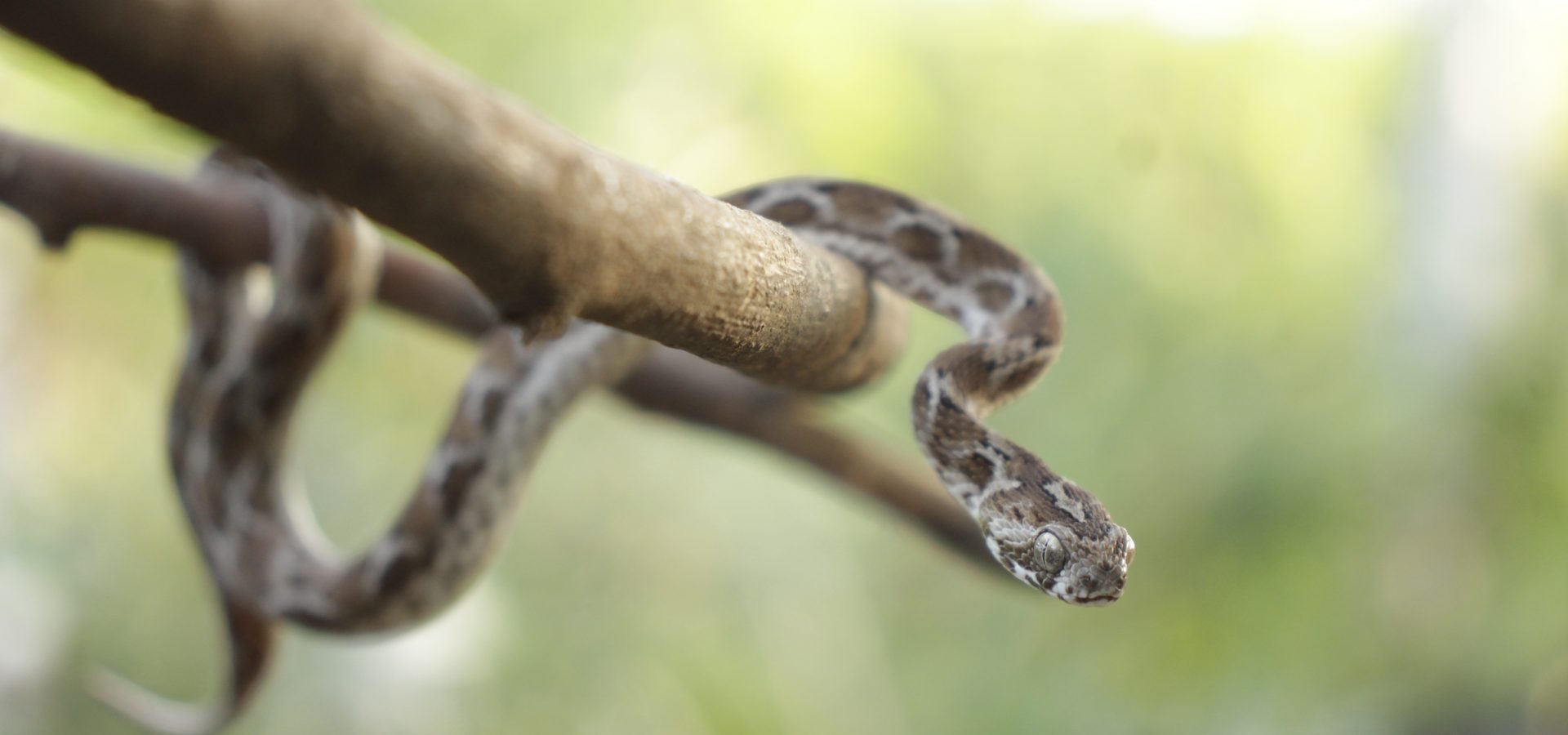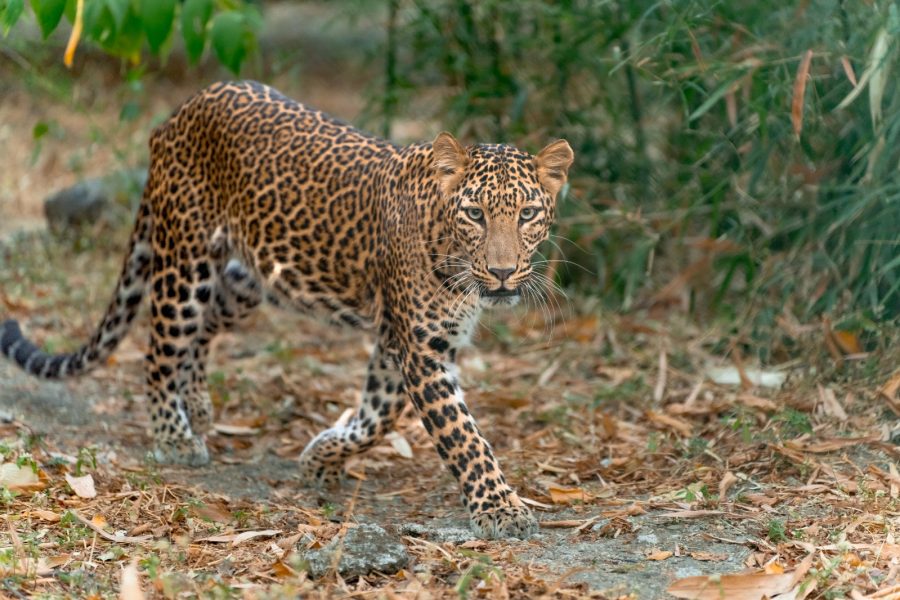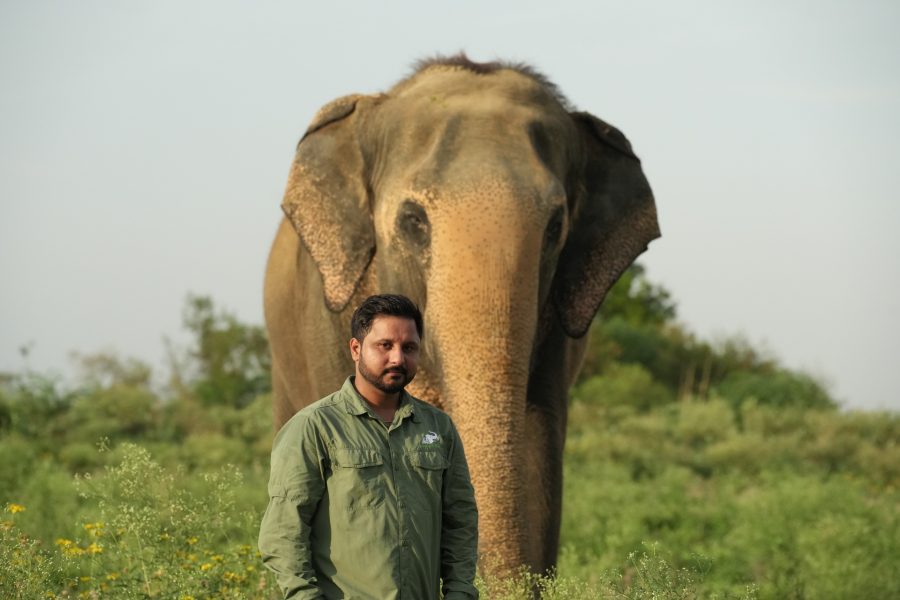Be it through stories, media, or culture, reptiles have held a complex representation since time immemorial. The Harry Potter franchise introduced us to the monstrous giant snake, the basilisk, haunting the Hogwarts School of Witchcraft and Wizardry. Lord Voldemort was also known to have kept a pet snake ‘Nagini’ who helped him ascend back into power. Another book loved and read by children of all ages, The Jungle Book, has a character named ‘Kaa’, who is an Indian Rock python. As the antagonist, the enormous snake with a large appetite attempts to kill the main protagonist, Mowgli.
Clearly, snakes do not get much love in pop culture, do they? Reptiles are villainised and represented as evil characters, often associated with dark magic. The fear of snakes is inculcated right from childhood, through evil characterisation. This not only skews our perception of these animals, but hampers any conservation efforts that reptiles are in dire need of.
Reptile Awareness Day falls on the 21st of October and this year, we are taking a moment to bust some common myths that revolve around reptiles!
Reptiles rank ‘lower’ than other animal groups.
A general belief that reptiles somehow rank ‘lower’ than other animals like birds and mammals is easily accepted by us. Though reptiles are ectothermic (or cold-blooded) in nature, we often fail to understand that they innately depend on their environment for temperature regulation. Through this, they end up saving energy, which is further allocated to other crucial activities such as reproduction.
Evolution doesn’t mean one species supersedes another and becomes “better” than the former. While birds and mammals may seem more appealing to the public, reptiles, which originated over 300 million years ago, are as advanced as any other group.
Turtles and tortoises are the same.
Turtles belong to the group of reptiles, along with lizards and crocodiles, and are closely related to tortoises. With the earliest fossils dating back to 220 million years ago, turtles and tortoises are among the oldest groups of animals on Earth. However, there are some key features that can help one distinguish between turtles and tortoises. Here are some:
Snakes are just lizards without legs.
While one may believe that snakes are simply lizards that lack legs, the two are completely unique animal groups. It is true that snakes evolved from a lizard-like creature that had legs, and that the two are closely related. However, snakes are more than just lizards without legs — they have different digestive mechanisms, muscle systems, and other physiological systems. While most lizards have four legs, only some are limbless. These reptiles have fleshy tongues, ear holes, and movable eyelids, which the snakes lack.
Turtles make excellent pets.
Several turtles like the Spotted pond turtles and Indian Star tortoises from the Indian subcontinent are illegally traded to be kept as pets. In fact, these species are protected under the Wildlife (Protection) Act, 1972. Despite this regulation, people continue to buy turtles to be kept at home as pets.
The Red-eared slider is a non-native species to India but is popularly sold as a pet due to its small size and attractive colouration. However, as it grows into an adult, the slider is released into a nearby water body from the household aquarium. Lacking any natural predator, the animal multiplies and thrives in numbers, thereby invading resources consumed by the native wildlife.
Snakes drink milk and can dance.
The practice of snake charming is prevalent during Shravan (an auspicious month in the Hindu calendar), when snake charmers use snakes to denote their association with Lord Shiva. This practice is still prevalent despite snake charming being banned under the Wildlife (Protection) Act, 1972. Snake charmers make snakes ‘dance’ with the movement of their flutes. In reality, snakes lack external ears, so, they can’t hear the sound of the flute as we do.
Due to their inner ear bones, snakes are able to detect low frequency vibrations and airborne soundwaves. When flutes are played by snake charmers, they tend to respond to these vibrations. A Cobra only raises its hood as a self-defence technique and is seen replicating the movement of its threat, a flute in this case.
Milk is offered to snakes by both devotees and snake charmers. Though milk is a natural food for mammals, it is not a part of a reptile’s natural diet. Cobras, rat snakes, and pythons are poached from the wild, deprived of basic necessities, and forced to consume milk. Biologically, snakes are actually unable to break down the milk enzyme, which eventually results in infection, poisoning, and even death.
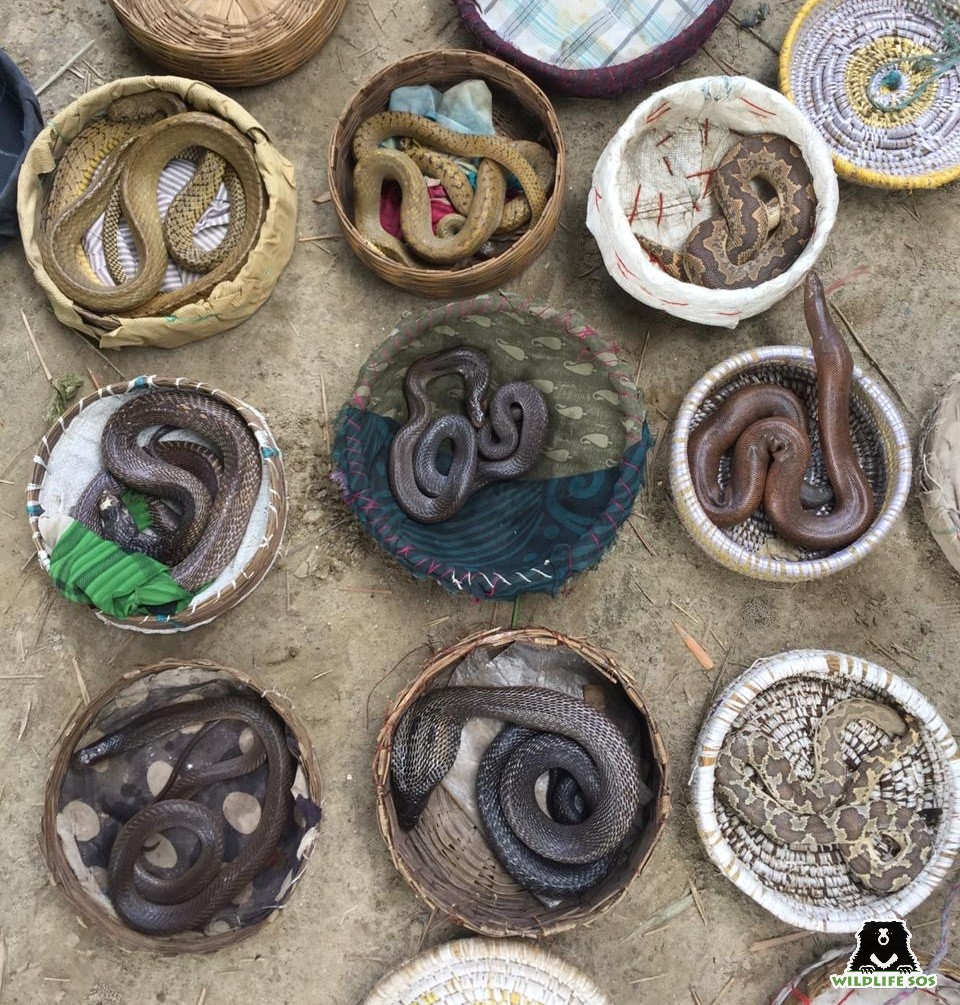
Snake bites can be cured with traditional medicine.
The only effective treatment for a snake bite is the timely administration of the anti-venom serum with the correct dosage. Other unconventional methods, which are based on myths and misconceptions, such as placing a hot iron rod on the bite or trying to suck out the venom by creating a gash, only cause more harm to the victim.
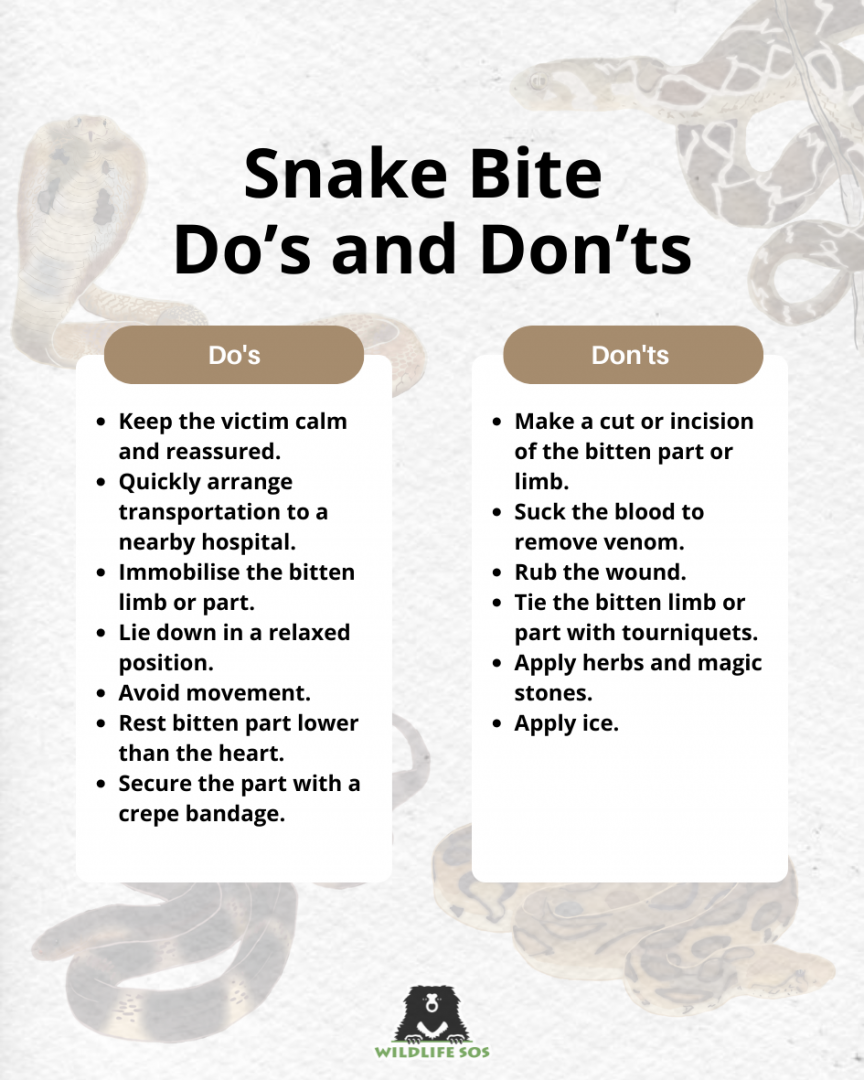
Reptile parts have medicinal properties.
Eggs, meat, blood, oil, shells, skin, bones, and other parts of reptiles are frequently exploited. This is to provide food and materials for making tools, ornaments, religious objects, and medicines. However, most of these practices have no scientific basis whatsoever and severely threaten the reptile populations.
From the Gujarat and Lakshadweep coastline, eggs of turtle species are extracted to procure oil for cosmetic products. With the booming trade of eggs and turtle meat as delicacies, colourful shells for ornaments and animal extracts to cure diseases, the testudine species are facing a grave threat of overconsumption. Monitor lizards are also heavily poached both for their skin and meat. Their skin is used for percussion instruments and their meat and body parts are used as an aphrodisiac in Chinese traditional medicine and soup preparations.
Reptiles play no role in the environment.
Reptiles are nature’s pest control who help maintain the ecological balance by keeping the prey population, such as amphibians, birds, insects, and small mammals, at bay. While snakes consume reptiles, amphibians, and birds, lizards keep insect populations in check. Turtles and tortoises also keep the environment clean and are an important part of the food web.
Debunking myths by raising awareness is a crucial step to initiate a dialogue towards wildlife conservation. An increase in urbanisation has resulted in the unfortunate decline of reptile habitats, leading to frequent encounters of human beings with reptiles. Wildlife SOS conducts awareness and education workshops to dispel myths and misconceptions surrounding reptiles, and to disseminate information about the species so that man-reptile conflict can be mitigated. For over a decade, Wildlife SOS and GSPCA (Gujarat Society for Prevention of Cruelty to Animals) have together conducted programmes to sensitise people about snake conservation in Vadodara, the most recent one being with the employees of Hindustan Petroleum after the recurrent visit of snakes within their factory premises was reported.
Every year, the 24-hour rescue hotlines run by Wildlife SOS receive hundreds of calls from residents who report reptiles being present on their premises as well. Our rescue team has the expertise to handle distressed reptiles in any given situation. In case you encounter an animal in distress, contact the following Wildlife SOS rescue helplines:
Delhi NCR – +91 9871963535
Agra & Mathura in Uttar Pradesh – +91 9917109666
Vadodara, Gujarat – +91 9825011117
Jammu & Kashmir – +91 7006692300, +91 9419778280

